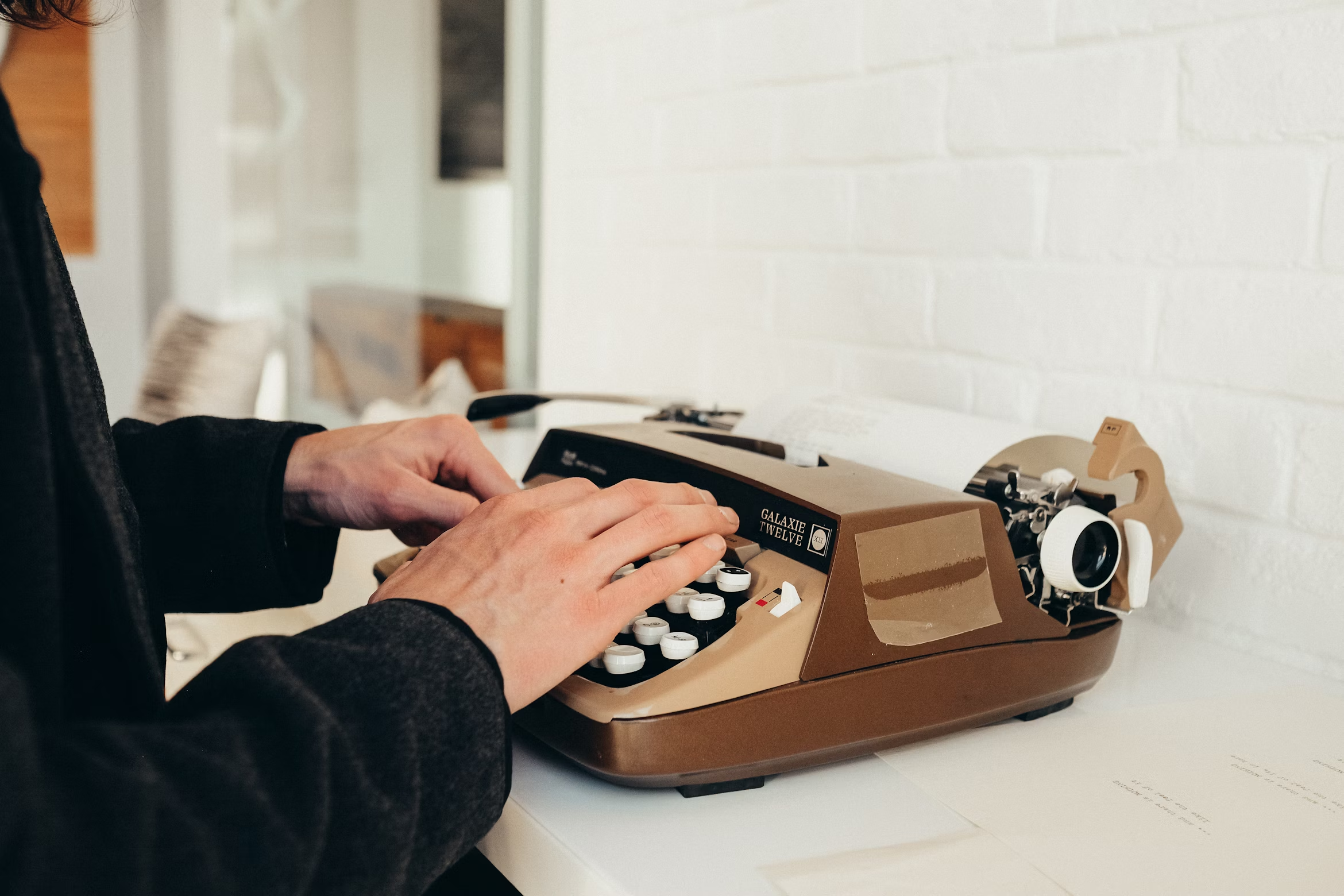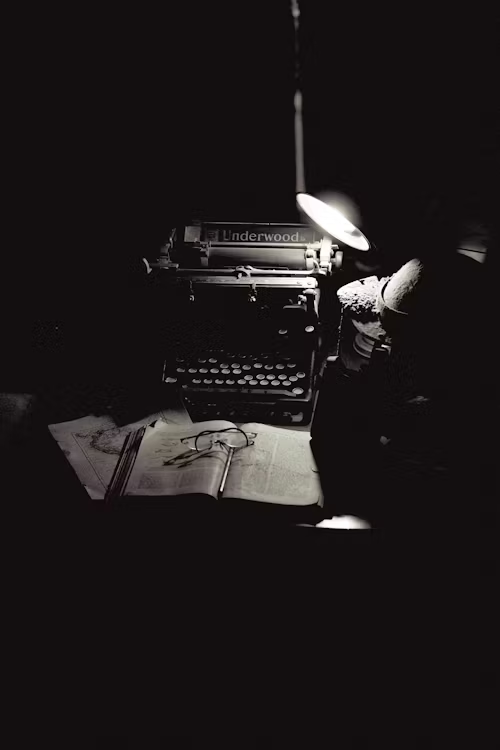Behind every powerful book, there’s a quiet force helping shape, strengthen, and sharpen the author’s vision: the editor. Whether you’re a first-time writer or a seasoned author with multiple titles, the editor-author relationship is one of the most pivotal collaborations in the publishing process. It’s more than just grammar corrections and line edits—this relationship can define how a book evolves, reaches its readers, and stands the test of time.
Done well, this relationship can elevate a manuscript from good to unforgettable. Done poorly, it can derail a project, discourage a writer, or lead to a lackluster final product. That’s why understanding how to build a strong author-editor collaboration is essential not just for a smooth editing experience, but for the overall success of your book.
In this post, we’ll explore what makes the editor-author relationship work. From communication styles and mutual respect to the intricacies of the book editing process, we’ll break down the elements that foster a thriving creative partnership. We’ll also discuss red flags, tips for navigating feedback, and how to choose the right editor for your project.
1. The Foundation: Mutual Respect and Trust
Every strong relationship starts with trust—and the editor-author partnership is no exception. A manuscript is deeply personal. It carries the author’s voice, ideas, and vulnerabilities. Handing it over to someone else to critique and reshape it requires courage and confidence. That’s why so many writers compare sharing a manuscript to walking out in public naked. It's raw, it's vulnerable, and it’s not easy.
Likewise, editors need to feel that their expertise is respected. They aren’t just wordsmiths—they're trained professionals who understand structure, tone, clarity, genre conventions, and what resonates with readers. Their goal isn't to override your creative intent, but to collaborate with you in making your vision come alive on the page.
This mutual respect forms the bedrock of a healthy working relationship. When authors trust their editors and editors trust their authors, the editing process becomes a joint venture. And in an industry where timelines are tight and emotions run high, that trust creates the stability both parties need.
“An editor isn’t your adversary—they’re your ally. A good one doesn’t change your voice. They help amplify it.”
2. Communication is Everything
Miscommunication can derail even the most promising projects. One of the hallmarks of a strong editor-author relationship is open, honest, and consistent communication. Without it, even the most brilliant ideas can get lost in translation.
Imagine working on a manuscript revision and not knowing whether your editor wants a full rewrite of a chapter or just a tweak. Or imagine waiting weeks to hear back about a deadline while your anxiety builds. These are avoidable problems—if the lines of communication are clear from the beginning.
Whether it’s clarifying deadlines, setting expectations for the kind of manuscript feedback to expect, or expressing concerns about tone, communication helps avoid misunderstandings. Authors should feel safe voicing their opinions, and editors should be transparent about what they believe a manuscript needs and why.
Good communication also includes being responsive. A prompt answer to an editorial question or a quick update on progress can keep momentum going and build trust over time. It’s not about daily check-ins—it’s about reliability.
Tips for Strong Communication:
- Set communication preferences from the start (email, Zoom, shared docs).
- Agree on revision timelines.
- Be clear about the kind of feedback you want—and how you prefer to receive it.
- Don’t be afraid to ask questions or push back respectfully.
- Use collaborative tools (like Google Docs or tracked changes in Word) that allow for fluid interaction.
When communication is strong, both author and editor feel heard, understood, and respected. This fosters a productive working environment where creative ideas can flourish.
3. Clarity of Roles and Editorial Stages
The term “editor” is an umbrella for many roles: developmental editor, line editor, copyeditor, and proofreader. Each of these stages serves a unique purpose, and confusion about what each entails can lead to mismatched expectations and frustration.
A developmental editor works with the big-picture elements of your manuscript. For fiction, this might involve character development, plot structure, and pacing. For nonfiction, it may mean clarifying arguments, improving flow, and ensuring coherence in the book’s thesis. This is very different from a copyeditor, whose focus is on grammar, syntax, consistency, and clarity on the sentence level.
And then there’s proofreading, which comes after all revisions are complete. This final stage is about catching any lingering typos or formatting errors before publication.
Understanding where your manuscript is in the book editing process—and which type of editing it needs—is key. Authors sometimes expect a proofreader to help with plot holes or a developmental editor to catch typos. These misunderstandings can waste time and strain relationships.
Best Practice:
Before you begin working together, establish the scope of the editing project. What kind of feedback will be provided? What’s the timeline? Is this one round of edits, or several? Answering these questions early keeps everyone on the same page.
4. Creative Collaboration, Not Competition
At its best, the author-editor collaboration is a creative partnership—where both parties bring unique strengths to the table. The author has the vision, voice, and passion. The editor brings clarity, structure, and a reader’s perspective.
The most successful books are rarely the work of a lone genius. They’re the result of many hands, eyes, and minds shaping the manuscript. But ego can sometimes get in the way.
A writer may be resistant to changes, interpreting edits as personal attacks. An editor may push too hard in a particular direction, forgetting that the final call rests with the author. That's why a shared purpose is so important.
When both parties are aligned on the book’s message, tone, and intended readership, decision-making becomes much easier. Every suggestion or change is measured against a common goal.
“The best editing notes feel like someone finally understood what you were trying to do—and then showed you how to actually do it.”
This is what makes the process feel magical: when the editor helps you unlock the full potential of your own ideas.
5. Embracing and Navigating Feedback
One of the most emotionally charged aspects of working with an editor is receiving feedback. It’s vulnerable. You’ve poured time, energy, and soul into this manuscript—then someone comes along and pokes holes in it.
But here’s the truth: feedback is essential. No writer, no matter how experienced, can see their own blind spots. Editors bring objectivity to your work. They’re able to see what readers will notice, what’s confusing, and what’s brilliant but buried too deep.
A good editor knows how to deliver manuscript feedback with empathy and clarity. They don’t just highlight what’s wrong—they explain why something isn’t working and how to fix it. They know when to push, when to encourage, and when to step back and let the author lead.
Writers must also learn how to process that feedback. The goal isn’t to please the editor—it’s to make the book stronger. That means learning to take what’s useful, question what doesn’t feel right, and keep your vision intact.
Feedback Best Practices:
- Read editorial notes fully before reacting.
- Take a break, then return with a cooler head.
- Identify patterns in the feedback—are multiple comments pointing to the same issue?
- Ask questions if a suggestion is unclear.
- Remember: You’re always in control of your book.
The beauty of the writing and editing process is that it’s iterative. Each round of feedback is an opportunity to dig deeper, clarify, and elevate.
6. When It Doesn’t Work: Red Flags and Misalignments
Not every editor-author relationship is destined to succeed. Sometimes, despite best intentions, the fit simply isn’t right. Recognizing this early can save time, money, and heartache.
Here are some common red flags:
- Lack of responsiveness: Your editor disappears for weeks without communication.
- Overstepping boundaries: They make major changes without consulting you.
- Inflexibility: Either party refuses to consider a different point of view.
- Misalignment of goals: You’re writing a commercial how-to book; they keep pushing for lyrical memoir.
- Lack of genre knowledge: Your editor doesn’t understand your niche or audience.
When these issues arise, the first step is to talk openly. Many misunderstandings can be resolved through conversation. But if issues persist, it may be time to respectfully part ways. The editor-client relationship is professional—sometimes ending it is the most professional choice.
7. Choosing the Right Editor
Finding the right editor is like dating—you’re looking for chemistry, shared values, and a communication style that works for you. It’s one of the most important decisions you'll make in your publishing journey.
How to Choose an Editor:
- Review their portfolio: Have they worked on books similar in genre, tone, or purpose?
- Ask for a sample edit: Most editors will offer a sample on 5–10 pages so you can get a feel for their style.
- Read testimonials: Look for long-term relationships and client success stories.
- Gauge the chemistry: A short conversation can reveal whether you’ll collaborate well.
- Clarify pricing and scope: Understand what’s included, how long the process will take, and whether multiple rounds are part of the package.
A great editor will challenge you, support you, and care deeply about your success. When you find someone who does that, your book—and your confidence—will be stronger for it.
8. Editing in Different Publishing Models
Whether you're publishing traditionally, independently, or with a hybrid press, working with an editor is essential—but the way that relationship plays out can vary.
- Traditional Publishing: Your editor is assigned by the publishing house. They typically have the final say on major decisions and are invested in the book’s commercial success.
- Self-Publishing: You’re responsible for hiring and paying your editor directly. You have full creative control—but also full responsibility for quality.
- Hybrid Publishing: A blend of both. You often choose your editor from an in-house team or approved list, and you pay for services while still benefiting from a publishing team's structure.
Regardless of the model, the editor-author relationship still hinges on the same fundamentals: respect, communication, collaboration, and shared vision.
9. The Long Game: Editors as Creative Allies
Some of the most iconic author careers have been shaped by their editors. Think of F. Scott Fitzgerald and Maxwell Perkins. Or Cheryl Strayed and her editor at Knopf. These weren’t transactional relationships—they were creative partnerships that lasted years, even decades.
If you find an editor who challenges you, inspires you, and respects your voice—hold on tight. That person is more than a service provider. They’re a sounding board, a champion, and often, a confidant.
Your editor may not be listed on the book cover, but their contributions are woven into every paragraph. In a world where writing can be isolating and publishing can be overwhelming, a trusted editor can be your anchor.
Conclusion
The editor-author relationship isn’t just a step in the publishing pipeline—it’s one of the most important investments you can make as a writer. At its best, it’s a creative alliance rooted in honesty, collaboration, and the shared pursuit of excellence.
Whether you’re preparing your first manuscript or entering your tenth publishing cycle, choosing to invest in this relationship—and learning how to nurture it—might be one of the smartest moves you make.
Because in the end, a book is not just a solitary achievement. It’s a collaborative act, forged by insight, trust, and deep belief in the power of words.




